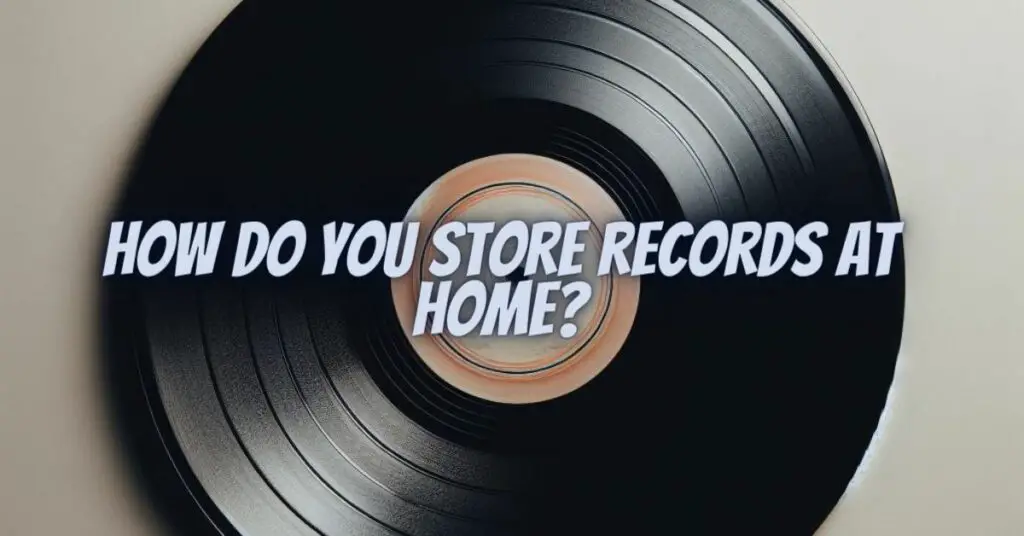Vinyl records are not only a medium for enjoying music but also cherished collectibles that deserve proper care. Storing records correctly is essential to preserving their sound quality and ensuring their longevity. In this article, we’ll guide you through the best practices for storing records at home, whether you’re a casual listener or a dedicated vinyl enthusiast.
- Vertical Storage
Why: Storing records vertically on a shelf or in a dedicated record crate is the most widely recommended method. It minimizes the risk of warping and allows for easy access.
How: Use purpose-built record storage units or crates with dividers to keep records upright. Avoid stacking them horizontally, as the weight can lead to warping over time.
- Sturdy Shelving
Why: Invest in strong, stable shelves to prevent records from leaning or sagging, which can damage their jackets and grooves.
How: Choose shelves made of solid wood or metal, and ensure they are level and securely anchored to the wall if necessary.
- Record Sleeves and Jackets
Why: Inner and outer sleeves protect records from dust, dirt, and scratches, extending their lifespan.
How: Store each record in a polyethylene inner sleeve and place it inside its original or additional outer sleeve. Keep the album cover in good condition to maintain its value and aesthetics.
- Avoid Direct Sunlight and Heat
Why: Exposure to sunlight and excessive heat can cause warping, damage the covers, and affect sound quality.
How: Store records away from direct sunlight and heat sources, such as radiators and heating vents.
- Control Humidity
Why: High humidity can lead to mold growth on records, while low humidity can cause static buildup.
How: Maintain a humidity level between 30% and 50% in your storage area. Consider using a dehumidifier or humidifier as needed.
- Proper Spacing
Why: Adequate space between records prevents pressure on the covers and maintains airflow.
How: Ensure records are not tightly packed on shelves, allowing for some breathing room.
- Regular Rotation
Why: Rotating your record collection ensures that all records get equal exposure to the atmosphere, reducing the risk of deterioration.
How: Periodically rearrange records on your shelves or select different albums to play.
- Cleanliness
Why: Dust and dirt can accumulate on records, affecting sound quality.
How: Clean records before playing them using a carbon fiber brush or a record cleaning machine. Keep your storage area dust-free.
- Handle with Care
Why: Mishandling records can result in scratches and damage to the grooves.
How: Always handle records by their edges and avoid touching the playing surface. Be gentle when removing them from sleeves and turntables.
- Consider Outer Dust Covers
Why: Outer dust covers provide an extra layer of protection against dust and contaminants.
How: Use clear plastic outer dust covers to shield records while still allowing you to view their artwork.
Properly storing your vinyl records at home is crucial for preserving their condition and ensuring the best possible sound quality. By following these guidelines, you can create an environment that protects your cherished vinyl collection from common threats such as dust, humidity, and mishandling. Whether you have a few favorite albums or an extensive record library, maintaining good storage practices will help you enjoy your vinyl for years to come.


